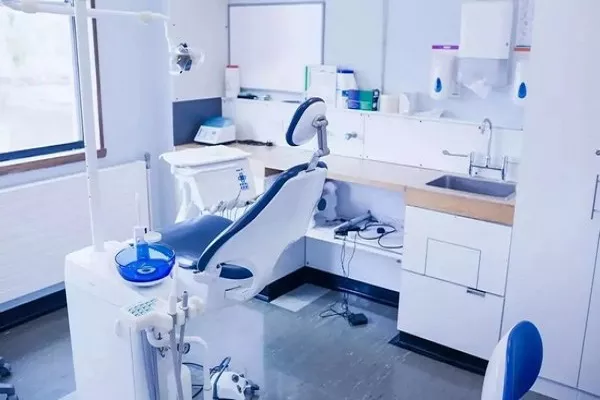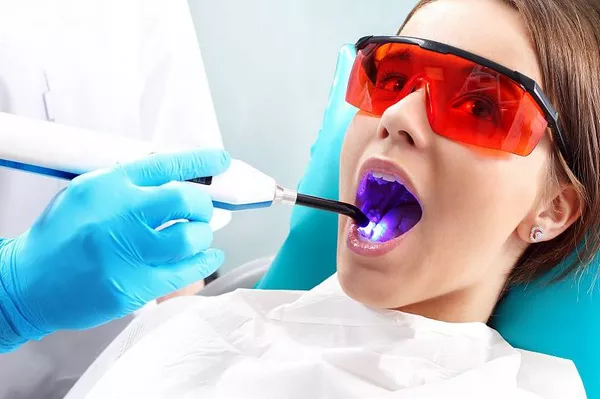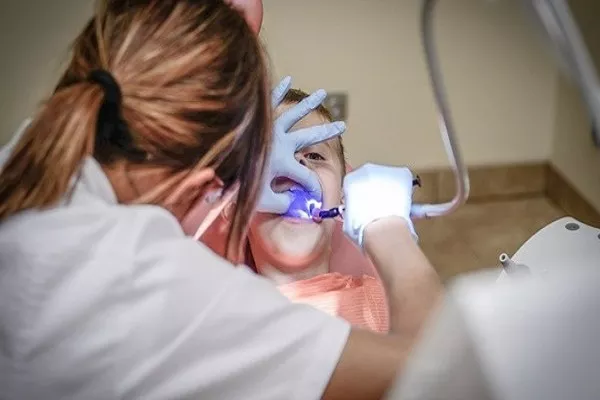Orthodontics is a branch of dentistry that focuses on correcting misaligned teeth and jaws. There are three main categories of orthodontics: preventive, interceptive, and corrective.
Preventive orthodontics is focused on preventing dental problems before they occur. This type of treatment is usually recommended for children, as their teeth and jaws are still developing. Preventive orthodontics may involve the use of braces, retainers, or other orthodontic appliances to guide the growth and development of the teeth and jaws.
Interceptive orthodontics is focused on correcting dental problems as soon as they are detected. This type of treatment is also commonly recommended for children, as it allows for early intervention before the problem becomes more severe. Interceptive orthodontics may involve the use of braces, retainers, or other appliances to correct problems such as overcrowding, overbite, or underbite.
Corrective orthodontics is focused on correcting more severe dental problems, such as misaligned jaws or teeth that are severely crooked. This type of treatment is usually recommended for adolescents or adults, as it requires more extensive and complex treatment. Corrective orthodontics may involve the use of braces, surgery, or other orthodontic appliances to correct the problem and achieve a healthy, functional bite.
In conclusion, orthodontics can be broken down into three main categories: preventive, interceptive, and corrective. Each category focuses on a different aspect of dental health, from preventing problems before they occur to correcting more severe issues. By understanding these categories, patients can better understand their treatment options and work with their orthodontist to achieve a healthy, functional smile.





























